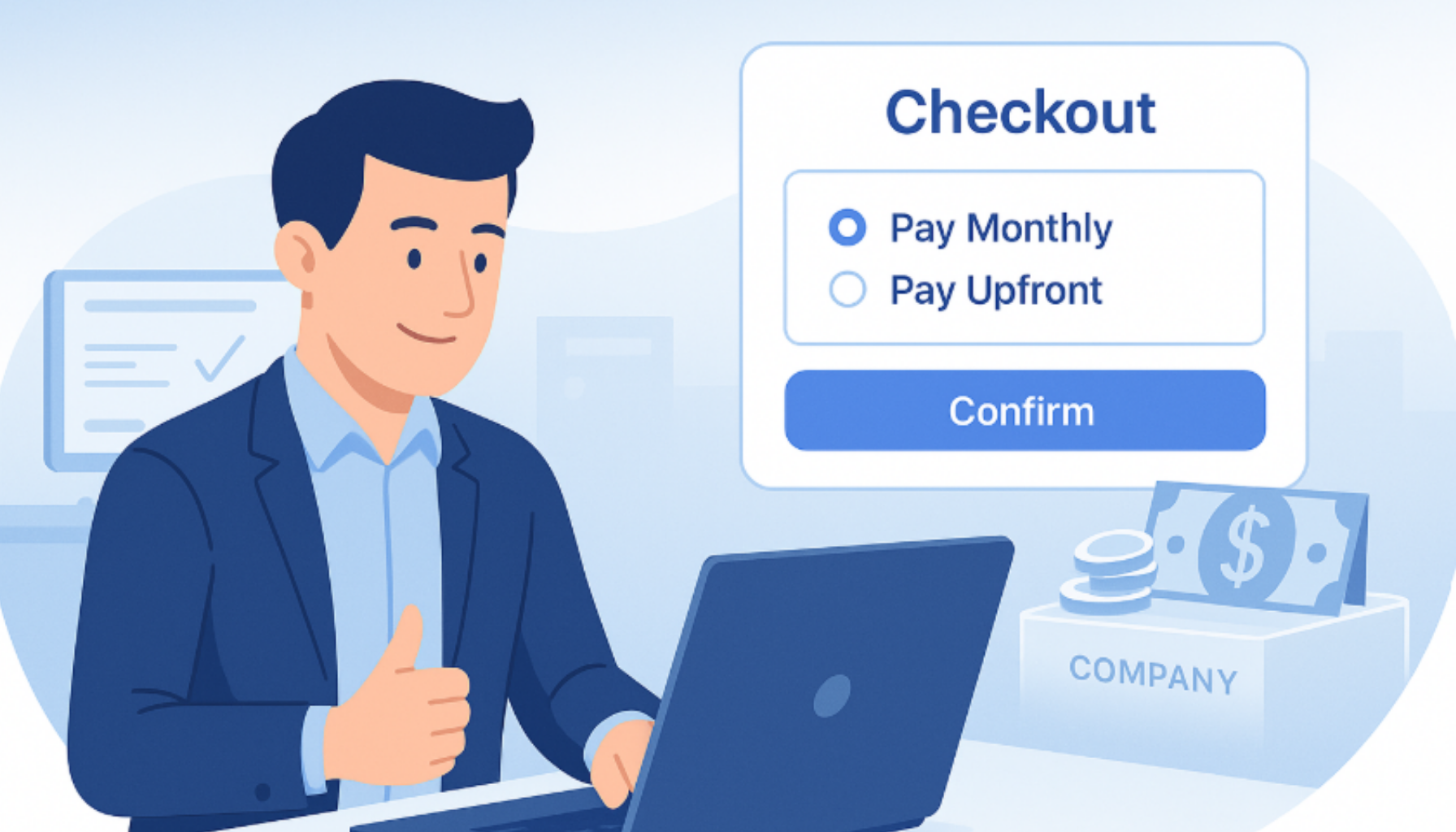The Trouble With Usage-Based SaaS Pricing
More and more SaaS companies — including giants such as Twilio, AWS, and Snowflake — are switching to usage-based pricing systems. That makes intuitive sense: bringing customers on board gets a whole lot easier when buyers know they’ll only pay for what they actually use.
As usage-based SaaS goes mainstream, though, vendors and their customers are finding that the new payment paradigm comes with strings attached. Here are a few of the pain points we’ve seen emerging as SaaS vendors switch to usage-based models:
Sticker shock
This is the big one. For customers, usage-based pricing is supposed to keep costs low and make it easier and cheaper to switch to a new platform. That’s fine if your usage stays at a low, steady rate — but what about usage spikes?
We’ve heard horror stories about small-time developers whose app goes viral, and who suddenly find themselves hit with huge cloud-service bills they weren’t anticipating. Similar stories play out at larger organizations, too: the added value of low, usage-based pricing benefits can evaporate when teams are confronted with unplanned variable monthly costs. Furthermore, such pricing makes it harder to budget — which is why many teams turn to a funding comparison calculator to evaluate their options.
Less stickiness
By their nature, usage-based payment plans lack the lock-in of annual contracts: users can simply stop using your product, and stop paying you money. That might sound like a clear win for the customer, but it’s actually bad news for both user and vendor.
With less lock-in, vendors are necessarily less motivated to work and grow along with their customers and to adapt to deliver the tools and support they need over time. Crucially, vendors also lack the long-term revenue stability that’s needed to invest in their products and keep on innovating and scaling, making it hard to build amazing SaaS brands — prompting many teams to compare venture debt and revenue financing as they plan for growth.
Confusion for customers
Finally, usage-based pricing only works if it’s fully transparent and easy for customers to understand. Think about a pay-as-you-go phone bill that’s measured in minutes, for instance: that’s straightforward, and you know exactly how much any given call is going to cost you.
Now contrast that with a gas bill that’s measured in cubic feet. Do you really know how many cubic feet of gas it takes for your furnace to make your home one degree hotter on any given day, or for your gas stove to boil a pan of water? Far too many SaaS pricing schemes are similarly hard for users to understand, leading to confusion and resentment, and eliminating many of the potential gains from usage-based pricing.
What comes next?
The point here isn’t that usage-based pricing is bad. In fact, it’s a really powerful way for SaaS brands to deliver more flexibility to their customers, and to align their services to their buyers’ cash flow and budgetary needs. You can forecast the impact on contract-to-cash with our C2C simulator.
The key, though, is to realize that usage-based pricing is only one piece of the puzzle. It won’t work for every customer, and virtually any customer will benefit if their SaaS vendor goes the extra mile, and combines their usage-based options with smart pricing tools, including Buy Now, Pay Later options, to allow customers to manage cash flow and optimize their operations.
At Ratio, we’re working alongside SaaS vendors and their customers to provide the smart, intuitive, and feature-rich pricing and checkout tools that companies need to succeed. Want to find out more? Get in touch, and learn how we can take your SaaS business to the next level.









.png)


